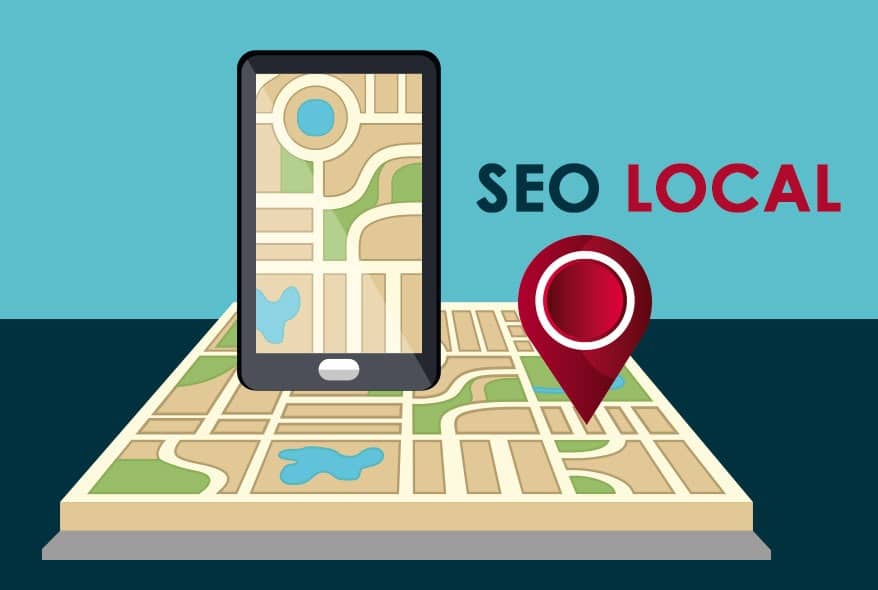Just How Efficient Website Design Can Boost Your SEO Strategy and Improve User Experience
The crossway of reliable website design and search engine optimization is a crucial location for any business seeking to improve its on the internet presence. An intuitive style not only raises individual experience however likewise dramatically affects SEO performance by minimizing bounce rates and enhancing interaction metrics. Aspects such as mobile responsiveness, site structure, and clear navigation play critical functions in this dynamic. Recognizing just how these aspects integrate can expose techniques that may transform your approach to electronic advertising and marketing, causing results that are both impactful and measurable. What specific layout techniques can produce the most effective outcomes?
Relevance of Internet Style for SEO
Reliable internet style is frequently underestimated in its influence on search engine optimization (SEO) These elements add to lower bounce rates and greater user interaction, which are crucial metrics for Search engine optimization success. local seo agency.
Additionally, internet layout elements such as clean code, enhanced photos, and appropriate use HTML tags substantially affect a website's crawlability. Internet search engine depend on organized information to recognize site content and context, making it vital for internet developers to implement best methods. Furthermore, the assimilation of search engine optimization strategies within the layout phase, such as including search phrases in titles, meta descriptions, and alt text for images, can enhance visibility in search engine result.
Ultimately, focusing on efficient website design not only guarantees a seamless user experience but also develops a strong structure for search engine optimization initiatives, bring about raised natural website traffic and boosted positions. Hence, businesses must recognize the inherent web link in between website design and SEO to achieve on the internet success.
Key Layout Aspects for User Experience
Customer experience (UX) acts as a cornerstone for successful website design, affecting exactly how site visitors engage with a site and regard its value. To maximize UX, a number of key layout aspects must be focused on.
Firstly, instinctive navigation is essential; a well-structured food selection and clear paths allow individuals to find info quickly, lowering disappointment. Aesthetic hierarchy plays a vital role, directing customers' attention to essential aspects through color, placement, and size. This helps with quicker decision-making and enhances total involvement.
Furthermore, a regular design theme improves experience and trust fund, as customers really feel more comfortable navigating a site that aesthetically aligns throughout its pages. Effective use of white area likewise can not be ignored; it protects against mess, permitting vital web content to stand apart and making the site more digestible.
Additionally, premium pictures and graphics are crucial, as they not just catch focus however additionally convey expertise. Lastly, fast tons times are non-negotiable; hold-ups can lead to greater bounce prices and reduced individual contentment. By concentrating on these crucial style elements, businesses can significantly boost their customer experience, promoting favorable interactions that encourage return visits and conversions.
Mobile Responsiveness and Search Engine Optimization Effect
As website design significantly prioritizes user experience, the value of mobile responsiveness can not be dig this overemphasized. With a considerable portion of internet traffic stemming from mobile tools, a responsive layout makes sure that web sites are easily accessible and functional throughout different display sizes. This flexibility not only boosts customer fulfillment but additionally plays a vital duty in search engine optimization (SEARCH ENGINE OPTIMIZATION)

Including mobile responsiveness right into website design also fosters improved packing times, which is a vital factor in both user experience and SEO rankings. Slow-loading pages deter users, leading to higher desertion this post prices and adversely impacting search exposure. Ultimately, focusing on mobile responsiveness not only enhances individual interaction but likewise enhances a site's SEO technique, producing an extra affordable on-line presence.
Site Framework and Navigation Best Practices
An efficient website structure and user-friendly navigating are important components of effective website design. They not only enhance individual experience yet additionally play an essential role in search engine optimization (SEARCH ENGINE OPTIMIZATION) A clear pecking order allows customers and internet search engine to understand the connections between different web pages, improving the overall use of the website.
Use detailed and keyword-rich Links, as they supply context and boost search presence. This decreases bounce rates and maintains customers engaged.

Determining the Success of Website Design
Gauging the success of web design includes assessing numerous metrics that show user interaction and total site efficiency. Key performance indicators (KPIs) such as bounce rate, average session duration, and web pages per session supply understanding read this right into exactly how customers connect with the website. A high bounce rate may show that users are not finding the content pertinent or appealing, triggering a need for style or content modifications.
Furthermore, conversion rates are important for examining the performance of website design. An increase in conversions, whether with form submissions, item purchases, or e-newsletter sign-ups, typically associates with user-friendly style and user-centered functionalities. Tools like Google Analytics can supply thorough reports on these metrics, allowing developers to determine fads and areas for improvement.
Inevitably, a mix of quantitative information and qualitative comments establishes a detailed photo of web design success, guaranteeing that it straightens with both Search engine optimization purposes and individual expectations. By constantly determining these aspects, organizations can improve their internet style approaches to optimize user experience and drive meaningful engagement.
Verdict

As web design progressively focuses on customer experience, the significance of mobile responsiveness can not be overemphasized.Incorporating mobile responsiveness into internet layout also cultivates improved packing times, which is a key aspect in both user experience and Search engine optimization rankings. Eventually, a mix of measurable data and qualitative comments develops a comprehensive photo of web design success, guaranteeing that it aligns with both Search engine optimization purposes and user expectations. By constantly gauging these aspects, businesses can improve their web layout strategies to maximize customer experience and drive significant involvement.
In final thought, effective web design significantly improves Search engine optimization approaches and individual experience.